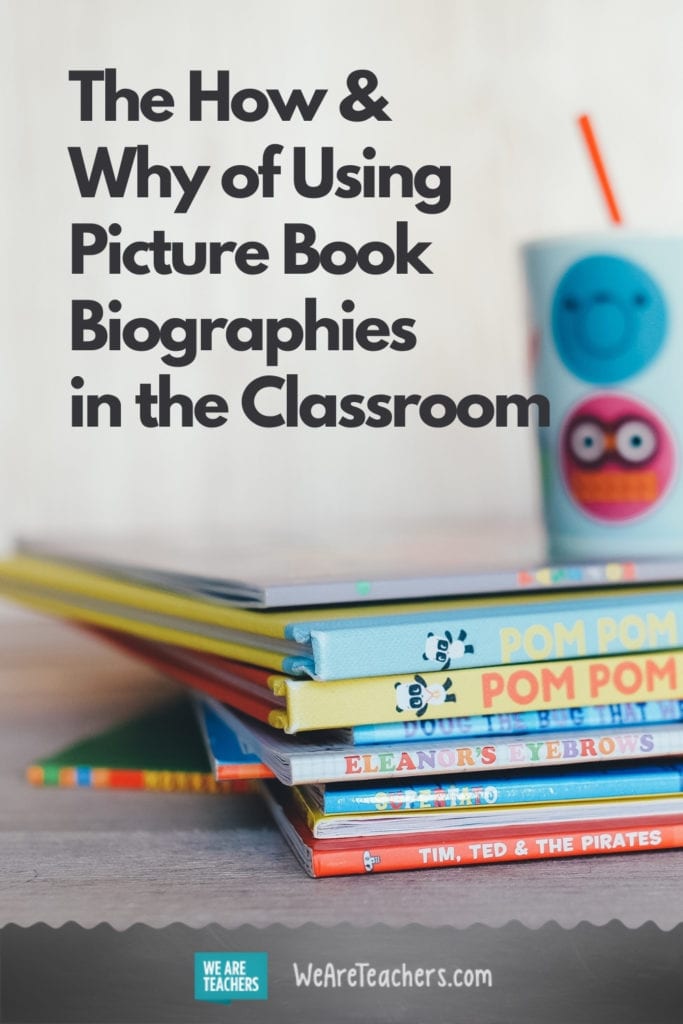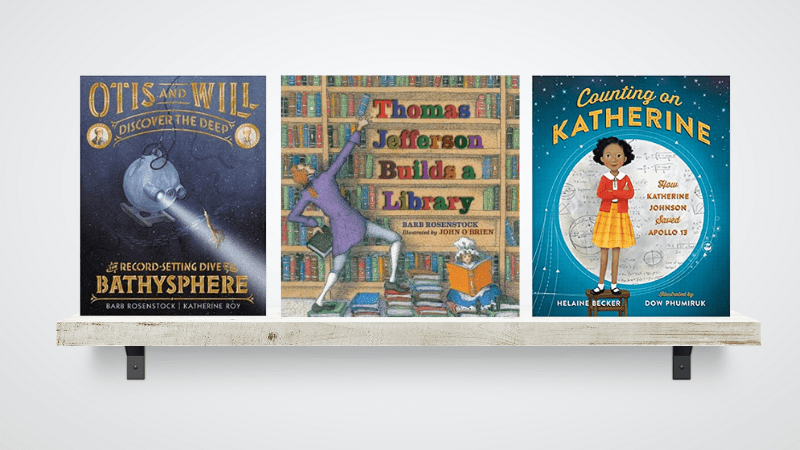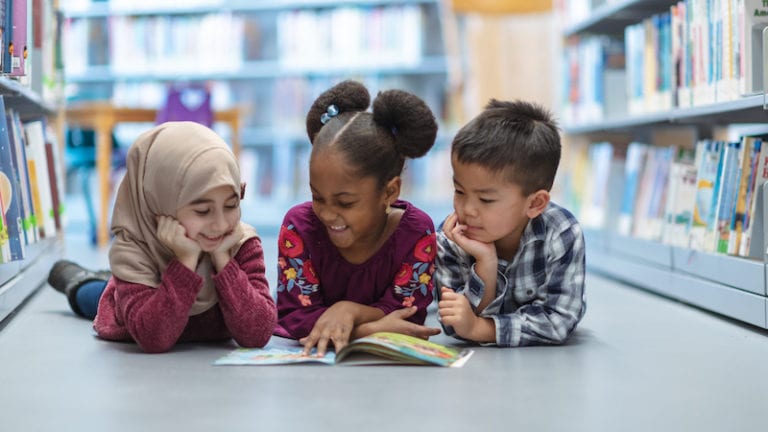As a genre, picture book biographies have taken off in recent years. There are biographies of famous people (Vincent Can’t Sleep by Barb Rosenstock) and obscure people (The Queen of Physics: How Wu Chien Shiung Helped Unlock the Secrets of the Atom by Teresa Robeson). Some biographies span entire lives (Swan: The Life and Dance of Anna Pavlova by Laurel Snyder) or one-day events (A Place to Land: Martin Luther King Jr and the Speech that Inspired a Nation by Barry Wittenstein). Whatever you’re planning to teach, chances are, you’ll find a biography to go with it.
Picture book biographies are a great way to help bring historical figures to life, and to encourage students to ask deeper questions about a person, time period, or event. One thing to know: as a read aloud, they are long and often complex books, so it’s good to plan to read one book across multiple days.
Below find 4 reading skills that picture book biographies help teach, and 5 ways to use picture book biographies with your class (think: grades 2-5).
Just a heads up, WeAreTeachers may collect a share of sales from the links on this page. We only recommend items our team loves!
4 Important Skills Readers Learn from Picture Book Biographies
These skills will make picture book biographies an integral part of your reading curriculum.
1. How to Approach Narrative Nonfiction
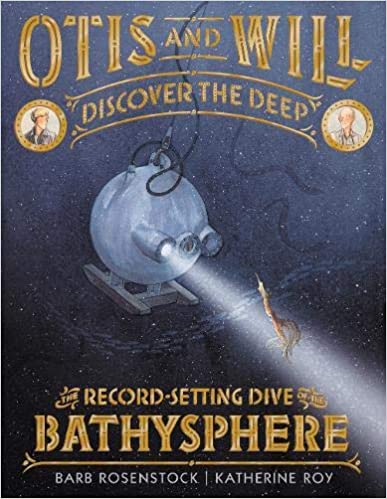
Narrative nonfiction requires reading skills from both fiction and nonfiction. Students have to identify details that are true, and bring their background knowledge about a time period or person to a text to better understand it. They also have to follow the narrative of a person’s life or experience.
Biography to Try: Reading a picture book biography that tells a narrative, like Otis and Will Discover the Deep: The Record-Setting Dive of the Bathysphere by Barb Rosenstock, gives students a chance to practice connecting background knowledge with new information. In this case, they’ll learn about the ocean’s depths with the story of the Bathysphere. At the same time, they are reading a narrative with a beginning, middle, end, and other features.
[contextly_auto_sidebar]
2. Expanded Vocabulary
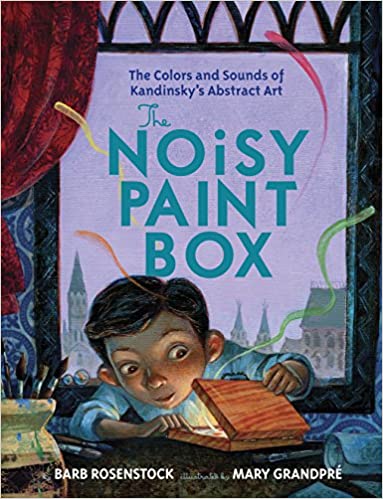
Unlike expository texts, which have lots of academic words specific to a topic, picture book biographies have a broader vocabulary. Students will encounter words they’ll see in other fiction stories. This allows them to expand their vocabulary alongside the academic words that go with each story.
Biography to Try: The Noisy Paintbox by Barb Rosenstock allows you to to talk about common words like proper and appreciate. You’ll also talk about words that have to do with art: palette, cerulean, and many more.
3. Empathetic Connection with Nonfiction
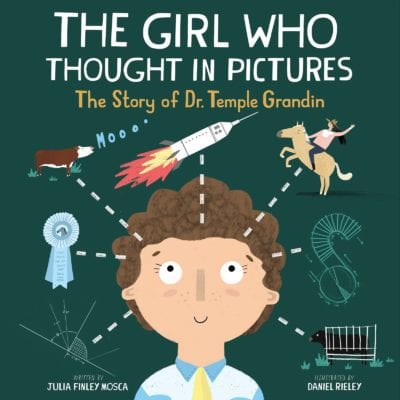
Another aspect of connecting to text is the ability to empathize with characters, or in this case historical figures. Sometimes the best way to understand what it was like to live through something is a story. Picture book biographies allow students to engage with important events and people using empathy.
Biography to Try: The Girl Who Thought in Pictures by Julia Mosca helps students really understand what it felt to be Temple Grandin and face the challenges she did as a researcher with autism.
4. Ability to See Connections
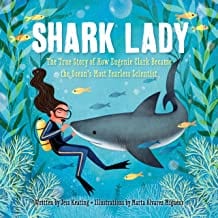

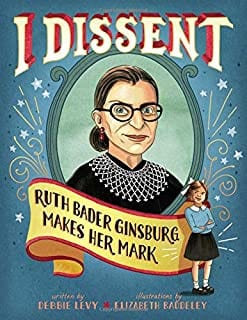
Reading picture book biographies across a school year, you’ll find lots of ways to connect across and between books.
Biographies to Try: Read Shark Lady by Jess Keating, about shark researcher Eugenie Clark. Then, read Mae Among the Stars by Roda Ahmed about Mae Jemison. Last, read I Dissent by Debbie Levy about Ruth Bader Ginsburg. Then bring it together to talk about how these three very different stories showcased women who pursued their dreams at a time when women were expected to stay out of the public sphere.
5 Ways to Use Picture Book Biographies
Once you’ve chosen your biography, here are five ways to use it:
1. Start with the Who
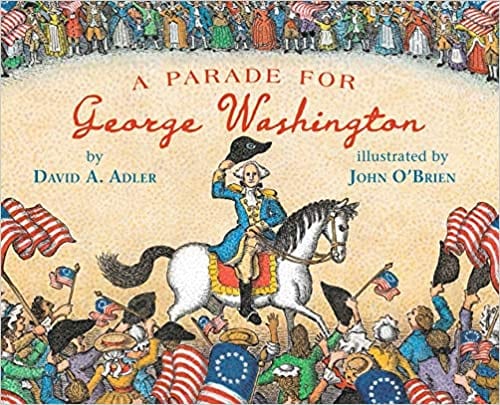
When you start a new unit, engage students in thinking about the most important (or maybe a lesser figure) with a biography.
Biography to Try: To start a unit about the Revolutionary period, read a biography of George Washington, like A Parade for George Washington by David Adler. Have students brainstorm questions starting with Washington.
2. Dig Deeper
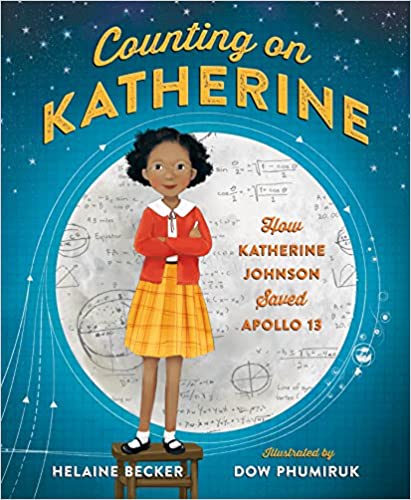
Add a picture book biography partway through a unit to help students bring the general knowledge they’ve gained from expository text to one person’s experience. What questions were answered by studying this person’s life? And, what questions are students interested in exploring after learning more about one person?
Biography to Try: During a unit on astronomy, incorporate Counting on Katherine by Helaine Becker. This book showcases Katherine Johnson and her work with Apollo 13. It can help expand and deepen students’ knowledge of how people first explored space.
3. Introduce the Obscure
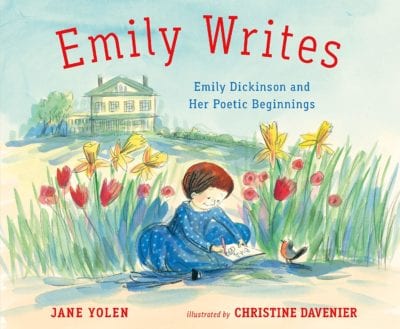
Sometimes you’re teaching a subject that seems completely foreign to students. Introducing it through a person can make the topic feel less obscure.
Biography to Try: Use the biography Emily Writes: Emily Dickinson and her Poetic Beginnings by Jane Yolen to talk about poetry and segue into Dickinson’s poetry.
4. Make the Familiar Unfamiliar
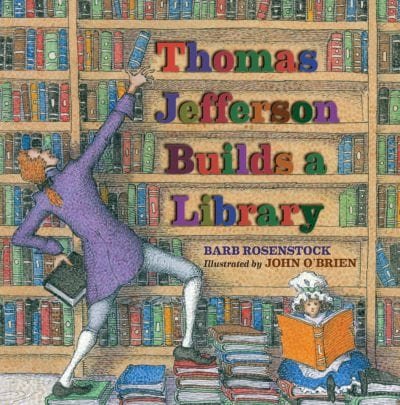
You’ll come across topics that students have studied over and over. Picture book biographies that focus on a lesser-known hero, or on a specific part of a famous person’s life, can inject new energy into familiar topics.
Biography to Try: When studying the founding of America, try reading Thomas Jefferson Builds a Library by Barb Rosenstock. You can talk about the life of Jefferson and go beyond the basic expository timeline or textbook.
5. Humanize Dry Subjects
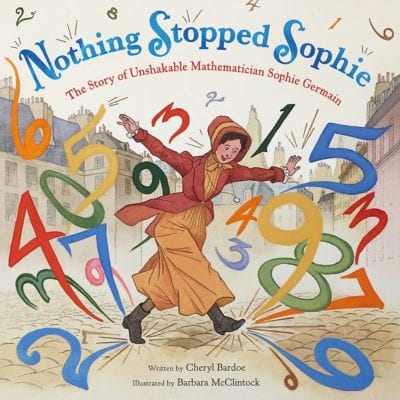
Reading a biography in science, math, art, or another topic is a great way to show students how those topics impacted real people. Bringing real people into lessons can make dry topics more interesting and real-world.
Biography to Try: In Nothing Stopped Sophie by Cheryl Bardoe and Barbara McClintock, you’ll read about Sophie Germain. She grew up during the French Revolution and was interested in finding the order in math. Reading about Sophie will inspire more curiosity than solving math problems on day one of a math unit.
How do you use picture book biographies in your classroom? Share on our WeAreTeachers HELPLINE Facebook page.
